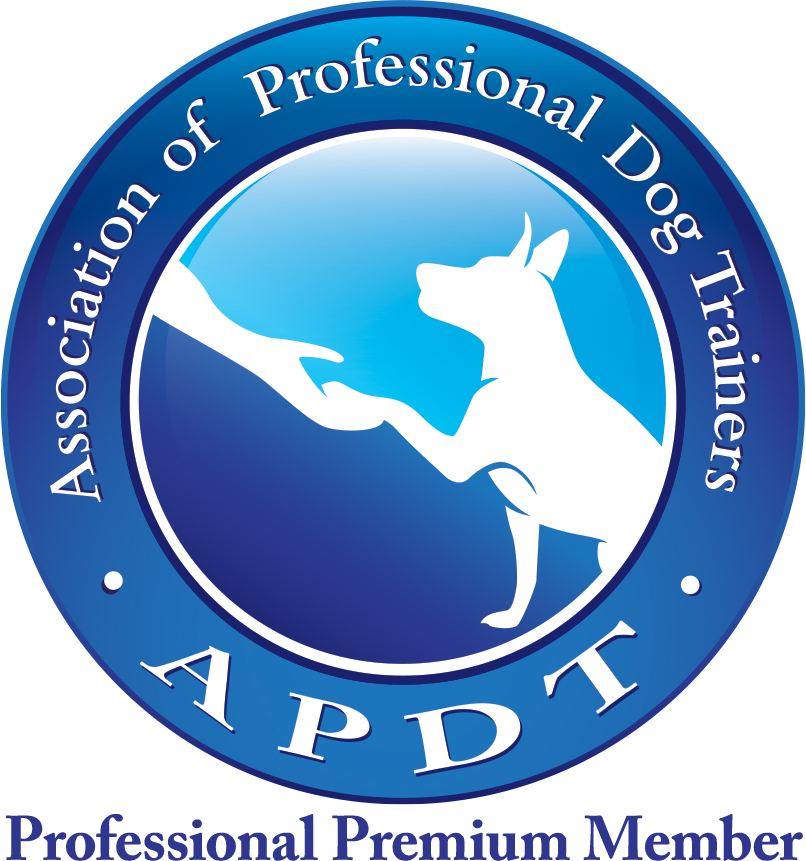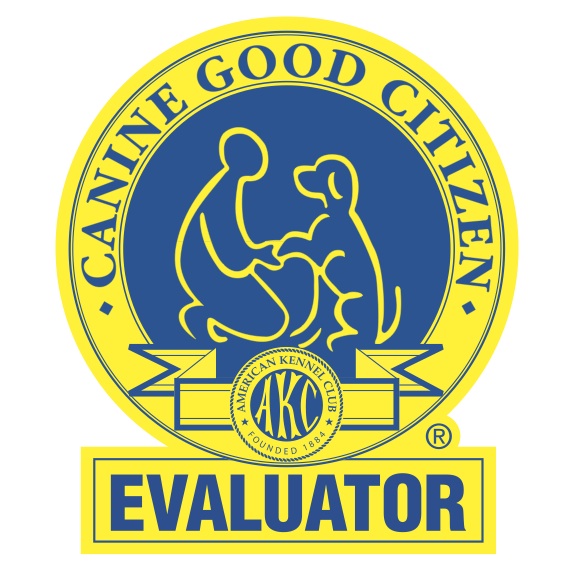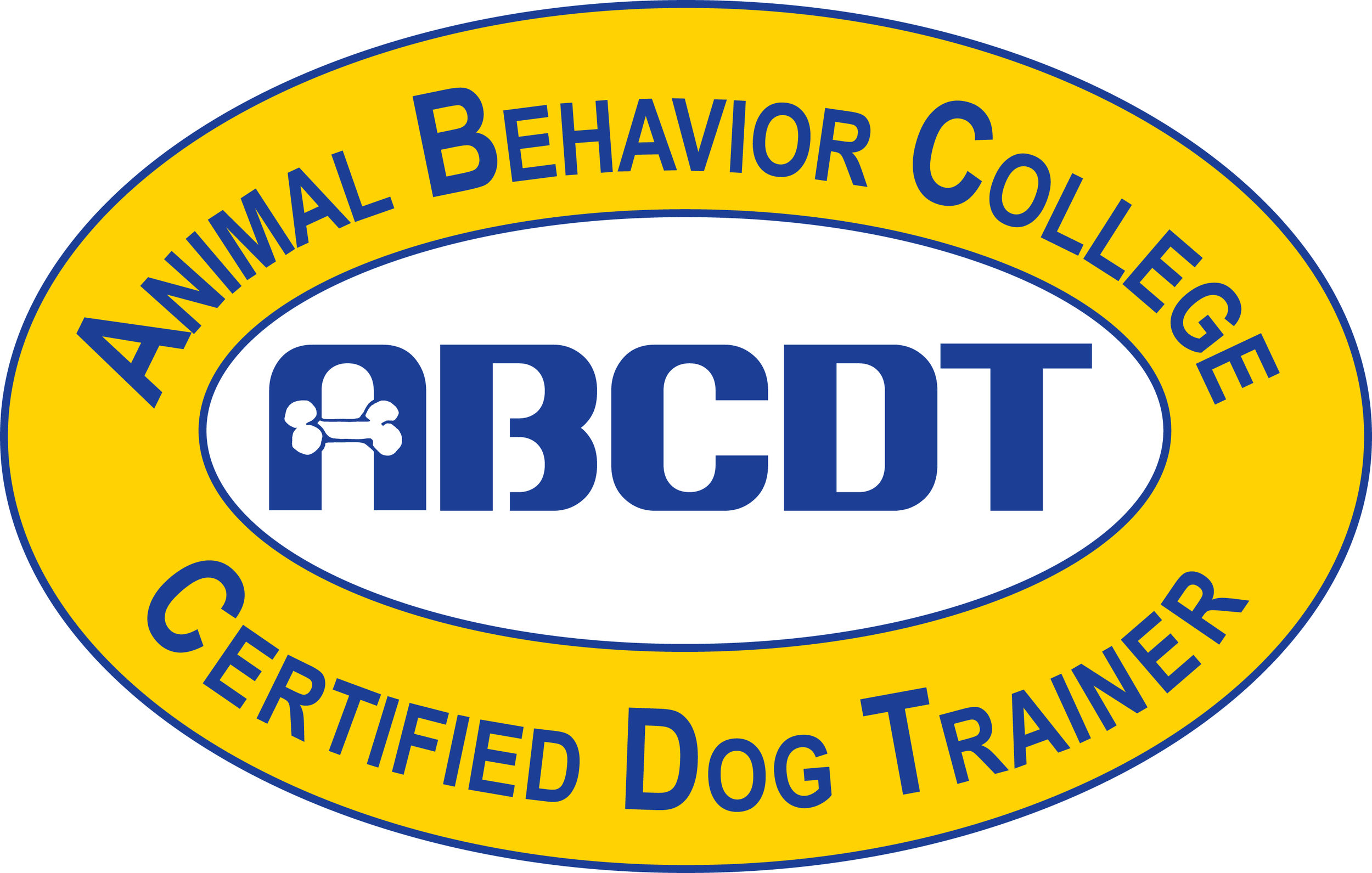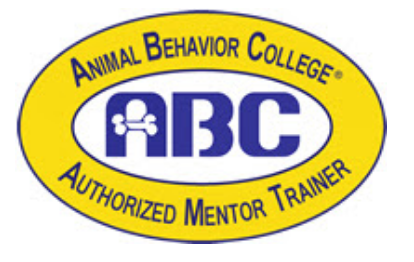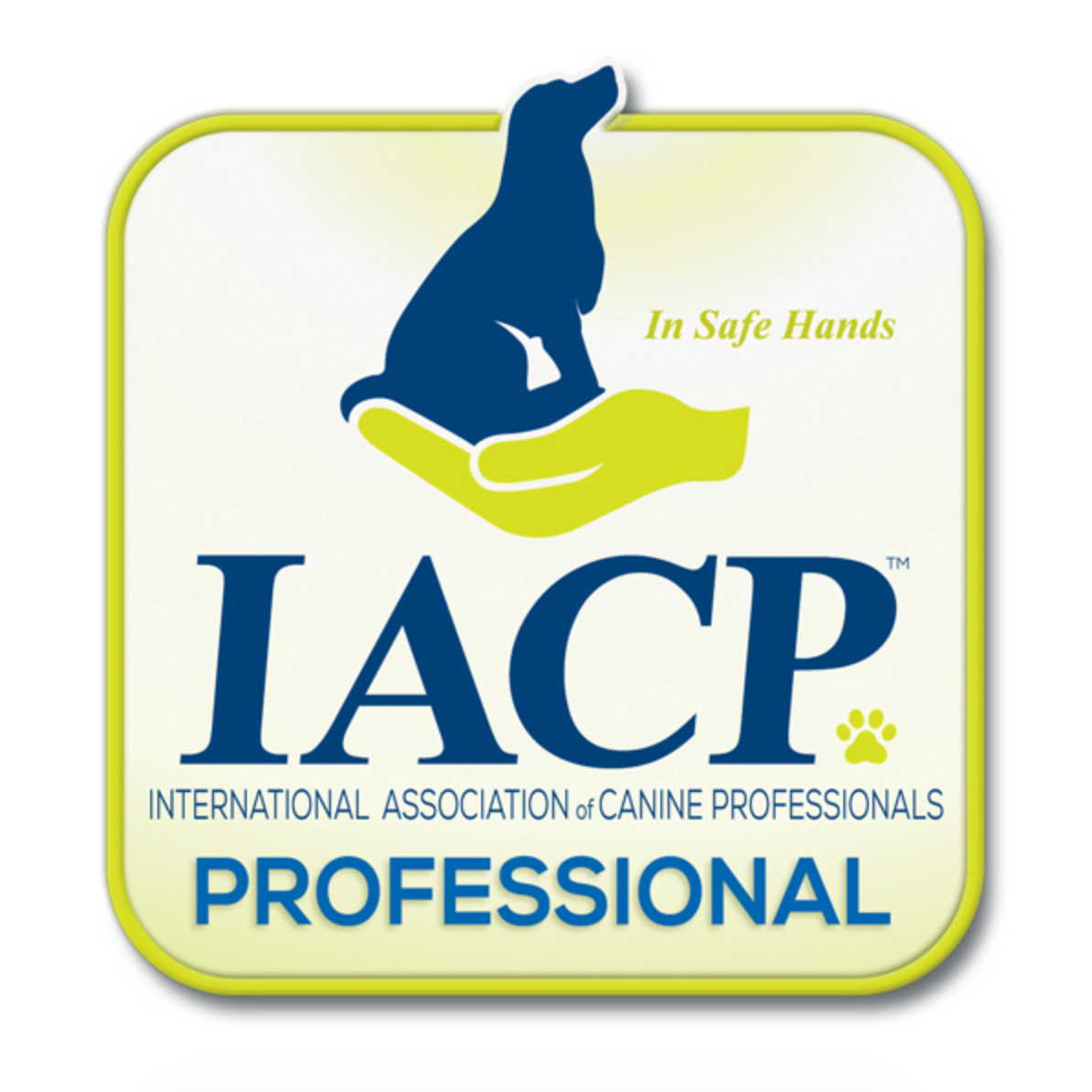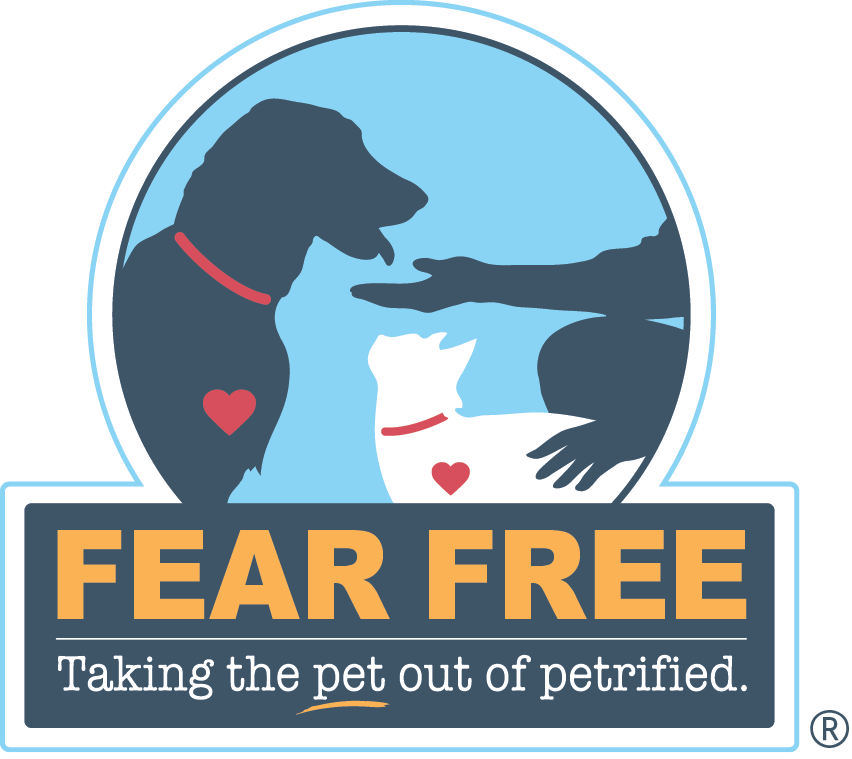Good Manners
/
Good Manners
Dogs will be dogs. They see things differently then we do. They do things differently then we do. For example, when meeting new people, we typically shake their hand. Dogs however, meet each other by sniffing each other’s rear ends, a manner in which we humans find quite rude and disgusting. It is also not appetizing for us to consume cat feces; however, this is quite a delicacy for some dogs. Due to our species and cultural differences, dogs will always do things that we humans just don’t understand. Many of the problem behaviors that we view as problematic, are not at all an issue for the dog. It is just normal behavior for them.
Let’s take chewing as a problem behavior. For both humans and dogs, chewing is a natural and normal behavior, so what makes chewing a problem behavior? Well it is the object that is being chewed on of course. A couple of common chewing habits that humans engage in is chewing on their fingernails and chewing on the ends of pens and pencils. For dogs, they chew on soft objects such as shoes and sofas, as well as on hard objects such as wood tables or chairs. For both human and dogs, in order to stop the problematic chewing, we have to figure out why the behavior is being done and redirect the behavior. Dogs need to fulfill that need to chew; so in order to have a well-mannered dog, we need to provide them with objects to chew on that will fulfill that need. They need hard objects such as Nylabones and soft objects such as soft, squishy balls or toys.
Another activity that dogs engage in that humans see as problematic is barking. Barking is a normal communication mode for dogs just as talking is for humans. Just as we all know “that person” who talks too much, there are dogs that bark more then their owners see as appropriate. Your dog is not barking because he knows it drives you crazy, again he does it for a purpose. Figure out the purpose, and then show him another way to fulfill that purpose and another way to communicate with you.
No matter the breed, gender, size, background, or age of the dog, all dogs should be taught the proper mannerly basics to happily cohabitate with humans. At the very least, this includes:
· Respecting people enough not to engage in aggressive behaviors with them.
· Chewing only items that are appropriate for him to chew on.
· Taking care of their restroom needs outside.
· Only eating foods that were provided to them.
· Coming to their owner when called.
· Not engaging in aggressive behavior with other pet housemates.
The benefits of having a dog with manners is evident. Dogs who are behaved and well mannered are shown more love and attention then those that are not. Dogs are social animals and are quite happy when they know what is expected of them. Dogs often behave nervous or anxious when the expectations are unclear or inconsistent. They thrive in an environment with consistent rules and structure.
The secret to teaching your dog to have good manners and proper behavior is to control the resource that he finds the most valuable; his food. Dogs need to eat, and when you control the feeding, you control the rules. To clearly establish the association between food and behavior, teach your dog the Golden Rule: Nothing in Life is Free. Until your dog’s manners are established and reliable, avoid feeding him from a food bowl or providing him with physical attention without having him do something for you first. You can have him come to you, sit in front of you, lay down, or any other behavior you choose. This will assist him in learning a very important rule: when he does what you ask him to, he will get what he desires. This could be anything such as food, affection, to go outside, freedom to roam in the house, or the ability to chase a squirrel. He will learn that when he does not do what is asked of him, he gets nothing until he complies. He will learn to look to you for direction. It is quite an amazing thing to watch as the dog learns this rule and to watch as this concept clicks in the mind of the owner. Nothing in life is free. Following this one single rule can make teaching basic house manners, leadership, and obedience training so much easier. This in turn will set the foundation for breaking behavior problems. Having a dog with good manners can be achieved even in the busiest and most chaotic households when his basic needs of food, exercise, affection, and safe shelter are met and by following the Golden Rule: Nothing in Life is Free.



